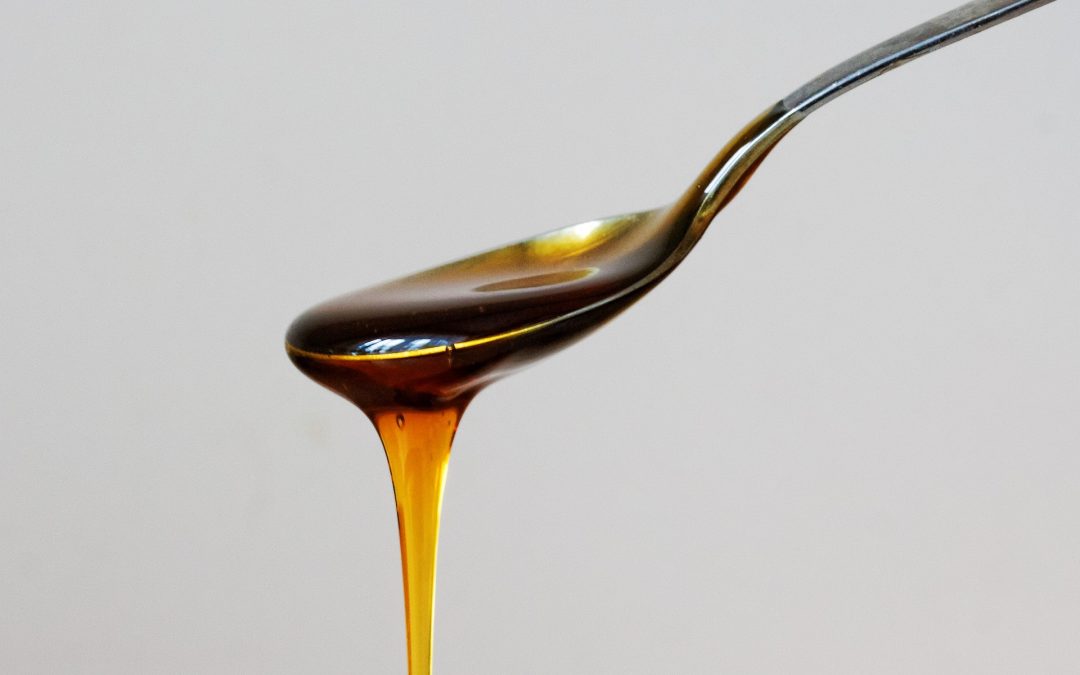
May 9, 2019 | Everyday Wellness
A new report from Sara Middleton, writing for www.naturalhealth365.com, tells of a peer-reviewed study in the journal Science Translational Medicine that is a bit scary. A substance called propionate (a salt from a short-chain fatty acid called propionic acid), which is commonly used as a preservative in baked goods to inhibit mold, increases insulin resistance–even at a “very low dose.” That’s bad news for us Type 2 diabetics, whose insulin resistance is already causing us problems. (But then, we should be frugal with baked goods in our diet, too!) The study, by Amir Tirosh, et al., was reported in the April 24, 2019, issue of the journal.

May 9, 2019 | Everyday Wellness
Additives are used to enhance the flavor, appearance, or texture of a food, or as a preservative. Some should be avoided, while others are considered safe. What are the most common ones, and what should be do about them?
MSG: Monosodium glutamate has raised a ruckus since 1969, when a study of mice found that large amounts caused harmful neurological effects and impaired growth and development. Since then, the controversial substance has been the subject of many studies, and many Asian restaurants have stopped using it. Jury is still out on it, but it’s probably best to avoid it.
Jan 25, 2019 | Everyday Wellness, Media Coverage, Newsletters Archive
If you don’t have “diabetes,” someone close to you does. That’s “diabetes” in quotation marks because that’s what we call it, but the disease is part of a much bigger problem: metabolic failure.
As of 2015 (the most recent year for data), 30.3 million Americans had diabetes—9.4 percent of the U.S. population—according to the Centers for Disease Control and Prevention. Another 84.1 million were prediabetic, meaning that untreated they would likely have diabetes within five years. According to the American Diabetes Association, the total economic cost of diabetes in the U.S. increased from $205 billion in 2007 to $327 billion in


